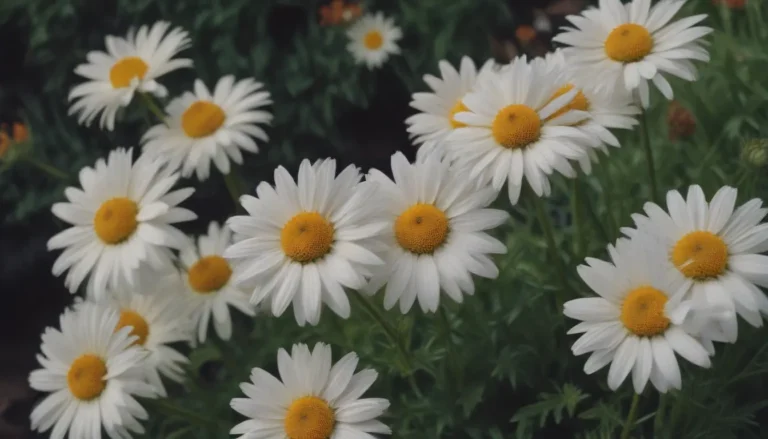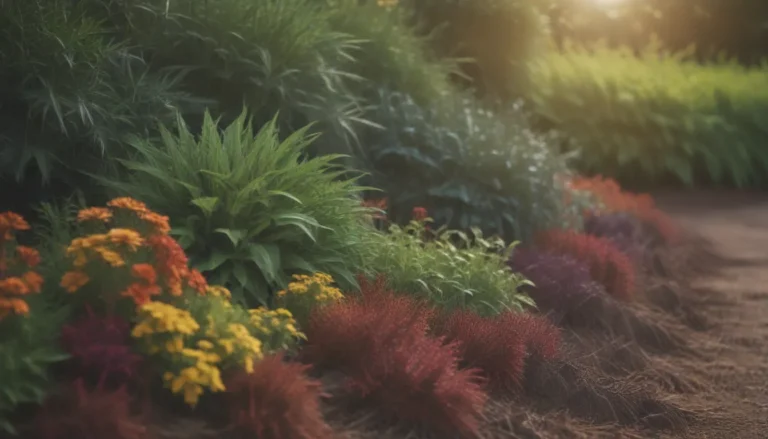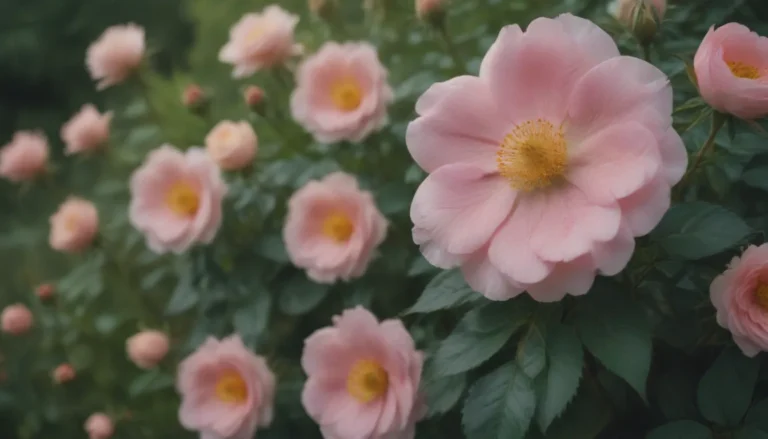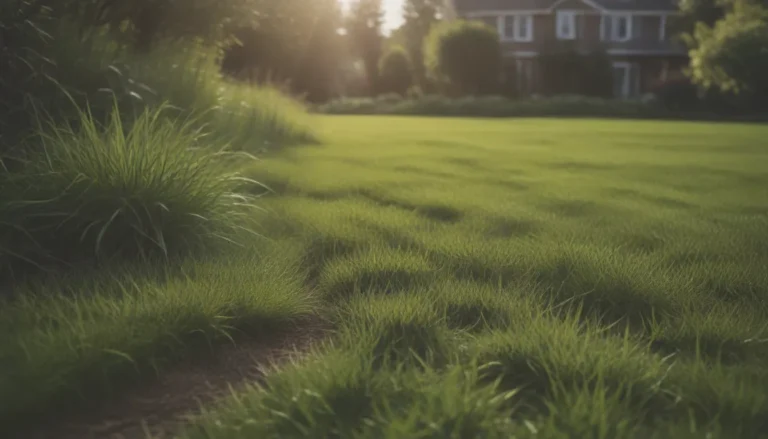The Complete Guide to Harvesting, Curing, and Storing Onions at Home

Are you ready to bring in your homegrown onions and enjoy their flavors long after the gardening season ends? Harvesting, curing, and storing onions correctly are essential steps to ensure you have a bountiful supply of this versatile vegetable. In this comprehensive guide, we will walk you through the process of knowing when to harvest onions, how to cure and store them properly, and even save seeds for future planting.
# When to Harvest Onions
The key indicators that your onions are ready to be harvested are when their tops have dried and flopped over, and the necks above the bulbs have turned from green and fleshy to dry. Ideally, at least 50 to 80 percent of the foliage should have dried and toppled over. You can also check the readiness of an onion by rolling the neck between your fingers. If it feels tight and the layers don’t slide, it’s time to harvest.
- How to Know When Onions Are Ready to Harvest:
- Tops have dried and fallen over
- Neck above the bulb has turned dry
- Neck feels tight when rolled between fingers
It’s essential to harvest onions in dry weather to prevent diseases from spreading in wet and humid conditions.
# How to Harvest Onions
When it comes to harvesting onions, gentle handling is key as they are prone to bruising, making them susceptible to rot during storage. There is no one-size-fits-all method for harvesting onions, but the goal is to avoid damaging the bulbs.
- Harvesting Tips:
- If the soil is soft, gently pull them out by their foliage
- For harder soil, use a garden fork to loosen the bulbs
- Be careful not to bruise the onions during harvest
After gently removing the onions from the soil, shake off any excess dirt or use a soft brush to clean them before moving on to the curing process.
# Curing and Storing Onions
Curing onions is a crucial step to ensure they store well and remain flavorful for an extended period. Properly cured onions should have dry and papery outer skins and necks, with no signs of moisture that can lead to rot during storage.
- Curing Process:
- Cure onions at a temperature of 75-90 degrees for 2 to 4 weeks
- Curing indoors in a well-ventilated area helps prevent moisture buildup
- Cut the neck down to 1 inch above the bulb after curing
Avoid storing defective onions with the rest, as they can encourage disease in the entire batch. Check for sprouting, disease, insect damage, green spots, bruises, or thick necks before storing.
# Saving Onion Seeds
If you plant onions from sets, you have the opportunity to save seeds for future planting. Allow some onions to flower and set seeds in their second year of growth. Harvest the seeds before over 80 percent of the plants are dry to prevent rotting. Be mindful that bending or folding over green onion tops can lead to smaller bulbs and negatively impact growth.
- Tips for Saving Onion Seeds:
- Harvest seeds from onions planted from sets in their second year
- Avoid letting onions sit in the ground indefinitely to prevent rotting
- Prevent bending or folding over green onion tops to promote bulb growth
Remember that onions are sensitive to ethylene, which can cause sprouting and mold. Avoid storing onions with potatoes or apples, as they can absorb the onion flavor and lead to premature spoilage.
In conclusion, with the right harvesting, curing, and storage techniques, you can enjoy a bountiful supply of homegrown onions long after the gardening season has ended. By following these tips and tricks, you can savor the flavors of your onions throughout the year and even save seeds for future planting. Happy gardening!





